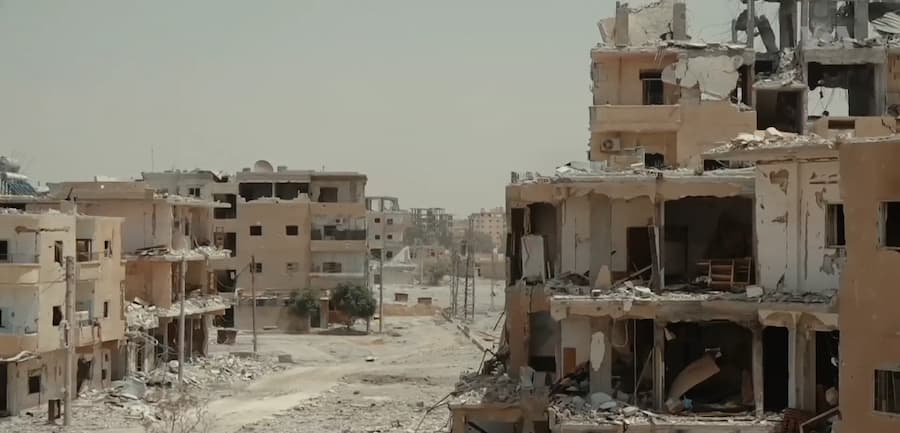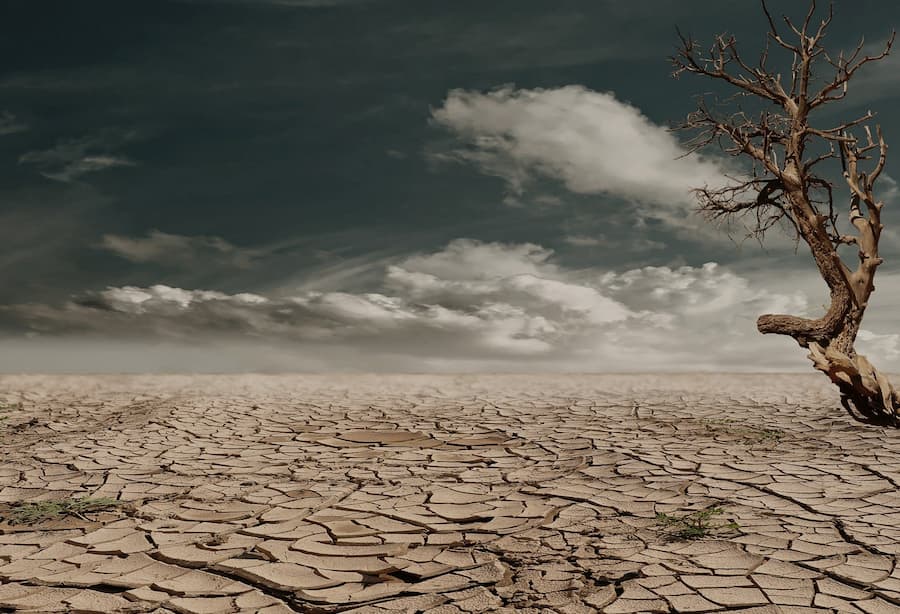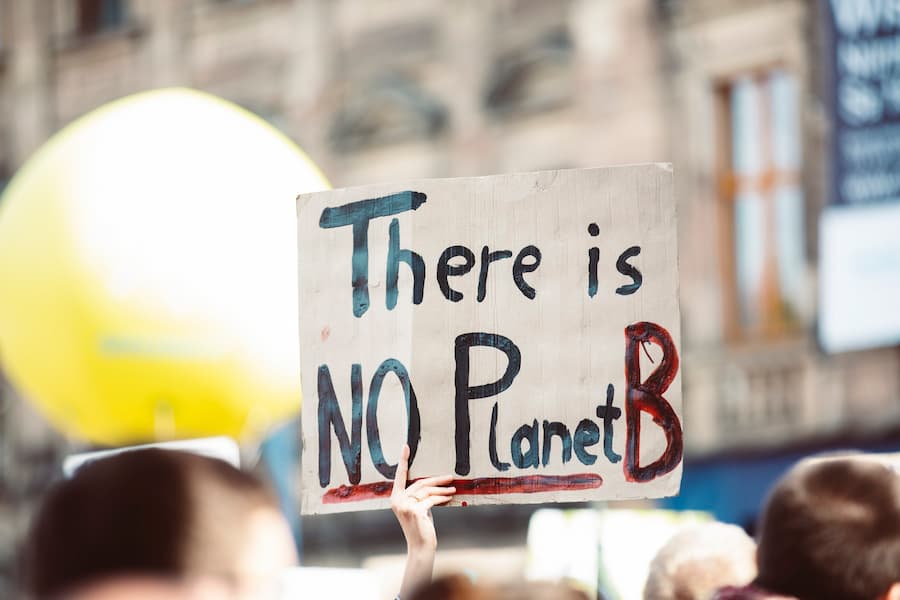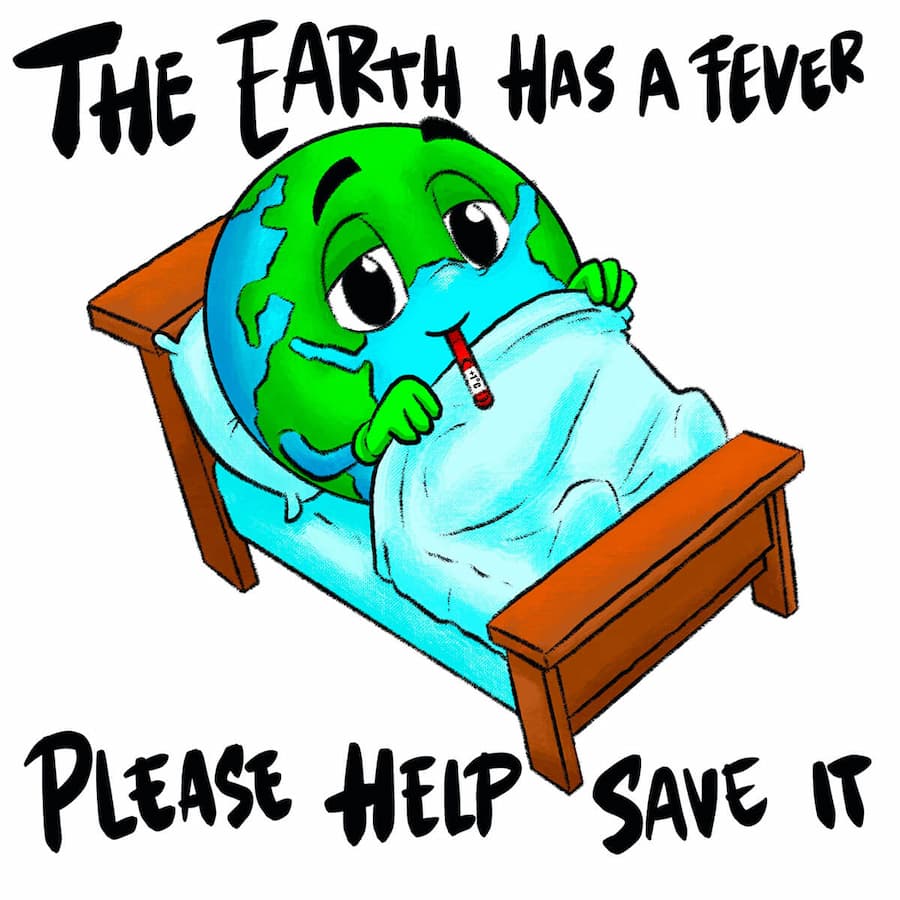Climate Change and Droughts
There is an alarming relationship between climate change and droughts.
Drought is defined as a period of deficient rainfall relative to the regional average. It results in a reduced flow of water in rivers and affects the water table’s capacity to replenish itself (Source).
According to NASA’s climate forecasts – “Droughts will pose serious challenges to the safety, health, food and water supplies of plants, animals and humans in some regions” (Source).
Although it may seem paradoxical, there will be an increase in both droughts and floods: "Trends are beginning to emerge, especially at the extremes in the frequency and magnitude of floods and droughts. These trends affect everything from local weather to where crops can grow, and have consequences that will ripple through communities today and in the coming century" (Source).
Drought in combination with overgrazing, fire and deforestation can thin out the vegetation. This leaves the top layer of the soil exposed, which, if washed away, could lead to desertification, a major reduction in the productivity of the area (Source).
The Syrian Civil War
Studies suggest that the Syrian drought played its part in the civil unrest. Syria was affected by severe drought lasting at least three years from 2007 to 2010 (maybe even longer, after 2010), which resulted in the collapse of farming. The people were forced to migrate to the cities, which was a contributing factor to the civil unrest in the country (Source).
About 1.5 million people migrated to the cities. According to a climate scientist named Richard Seager, "It was a contributing factor to the social unravelling that occurred that eventually led to the civil war" (Source).
In the future, climate change could cause severe droughts and other effects, which may lead to conflict or even wars over natural resources.
Climate change and droughts pose a serious risk to national security.

Drought: A direct consequence of Climate Change
Climate models predict that we are on a trajectory towards a 3-4 C warmer world by 2100 by reasonable estimates (Source).
“With one degree of warming since pre-industrial times so far, extreme weather of this kind has already become more intense, with a single heat wave in 2003 leading to 70,000 excess deaths in Europe alone” (Source).
A NASA study provides strong evidence linking human-generated emissions to drought across the world. “Models predict that droughts will become more frequent and severe as temperatures rise, potentially causing food and water shortages, human health impacts, destructive wildfires and conflicts between peoples competing for resources” (Source).
By using tree rings as data for research, this NASA study found that humans had an impact on droughts globally since the beginning of the twentieth century (Source).

Negative Implications of Drought
Centers for Disease Control & Prevention (CDC) highlights several implications related to drought. In addition to affecting the availability of water, drought reduces the overall quality of drinking water. Limited availability of clean water also affects sanitary conditions and overall hygiene, which may lead to several diseases. The dusty & dry conditions during a drought increase the magnitude and frequency of wildfires, which directly affects the air quality (Source).
One of the significant consequences is the increase in bacterial contamination from E. coli and Salmonella. Water shortage requires farmers to use recycled water for irrigation and processing food. If treated poorly, the recycled water acts as a host for the bacteria and may result in life-threatening infectious diseases, especially for people in high-risk groups (Source).
Also, as mosquitoes will have more places to breed in stagnant water, there will be a spread of diseases such as the West Nile Virus: "Inadequate water supply can cause people to collect rainwater. This can lead to collections of stagnant water that can become manmade mosquito breeding areas" (Source).
We should spread awareness about climate change and droughts since they will impact a huge amount of people.
Megadrought
According to BBC UK, a megadrought is a multi-decade event containing periods of very high severity and lasting longer than anything observed during the 19th or 20th centuries (Source).
Scientists claim that a megadrought is currently underway in the western US, which started in the year 2000. “They believe that climate change is responsible for about half of the pace and severity of the current event” (Source).
Co-author Benjamin Cook, who is affiliated with Columbia University and NASA's Goddard Institute for Space Studies, stated that "What matters is that it has been made much worse than it would have been because of climate change" (Source).
"The authors say the two most important water reservoirs in the region, Lake Powell and Lake Mead have both shrunk dramatically during the drought. Wildfires across the region are growing in area" (Source).
This is a new study and is still garnering scientific consensus. However, those who disagree still acknowledge that water stress in the regions is going to get worse in the future (Source).
"Whether or not the western US has crossed a threshold into an event that goes by any specific label, what's been clear this century is that water is an essential resource in the western US, and it's a precarious one, because the region can have long spells with little precipitation," said Dr. Angeline Pendergrass, a scientist with the US National Center for Atmospheric Research (NCAR). She added, "And it looks like climate change won't make it better - indeed, it will likely make it worse" (Source).

No Planet B - Time to Take Climate Change and Droughts Seriously
The reality of the situation is that we have only one planet; there is no planet b.
An increase in the frequency and severity of droughts is but one of many effects of climate change. Other effects of climate change include more floods, hurricanes, wildfires, and heat waves.
We have already increased average global surface temperatures by about 1 degree Celsius. According to an article in the Guardian, "We’ve already warmed the world by 1.1C, and we’re experiencing the effects: the International Federation of the Red Cross estimates there are as many as 50 million climate refugees. Once we reach 4C, most models agree it will be impossible to return to today’s abundant world" (Source).
We must reduce our greenhouse gases before we hit the worst-case scenario.
Fortunately, there are many things you can do to help stop climate change. One of the things you can do is use more public transit or drive an electric car. You can also invest in alternative energy.
Together, we can fight the climate crisis.
Further Reading and Sources
- BBC UK – What is a drought and what are the consequences?
- CTV News – Syria's civil war linked partly to drought, global warming
- CTV News – Heat waves and droughts will get longer even if global warming is limited: scientists
- The Guardian – The heat is on over the climate crisis. Only radical measures will work
- NASA – Temporary Drought or Permanent Desert?
- NASA – Earth's Freshwater Future: Extremes of Flood and Drought
- NASA – Human Influence on Global Droughts Goes Back 100 Years
- CDC – Health Implications of Drought
- BBC UK – Climate change: US megadrought 'already under way'
Join the Community and Newsletter (5000 Subscribers)
You can subscribe to my Substack Page or see the archives of previous posts. More great content coming soon!
Recent Articles
-
Climate Change Guide
Apr 23, 24 12:36 PM
The Climate Change Guide is your guide to a more sustainable future, and will provide you with all relevant information on mankind's greatest challenge. -
Climate Presentations by Climate Reality
Mar 03, 24 12:17 AM
You can see great climate presentations by Climate Reality. They can be customized for different audiences. -
Make the Planet Great Again!
Mar 02, 24 11:33 PM
We need to make the planet great again! We will build a solar wall along the Mexican border and make the fossil fuel industry pay for it! -
Historical Climate Change News
Mar 02, 24 11:25 PM
This section includes historical climate change news you should know about. These articles span several different topics and will help you stay up-to-date.





